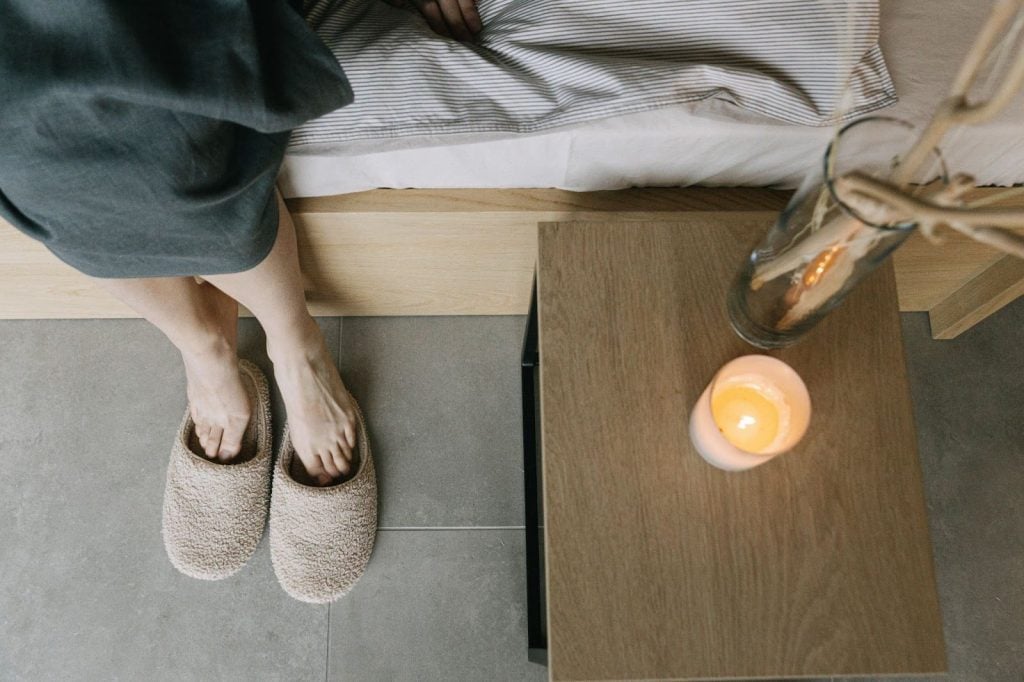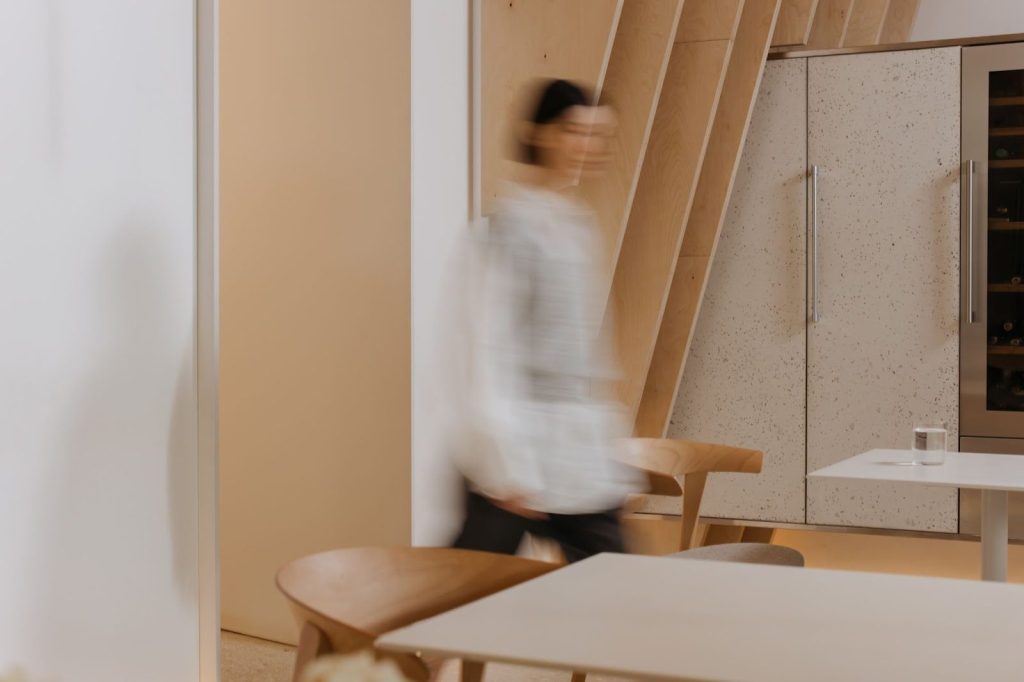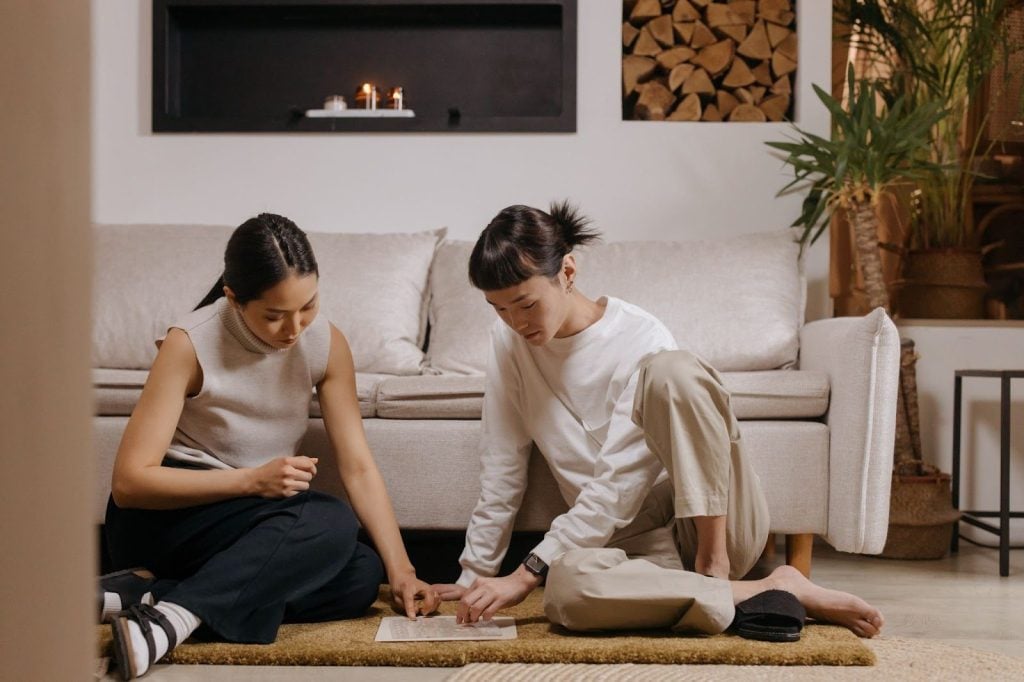BLOGS
Ephemeral beauty: What is ‘Wabi Sabi’ and how to incorporate it into the home?
How do you see beauty? Here’s Wabi Sabi.
Beauty is subjective. Some people consider a perfectly symmetrical face to be beautiful. Others may find flawless architecture to be an example of beauty. But have you ever thought of looking for ephemeral beauty in imperfect places?
There exists an interesting concept of beauty in Japanese culture. It’s a unique way of viewing the different aspects of life. Wabi-Sabi is a term that can change how you see the beauty around you.
Here’s what you need to know about Wabi-Sabi and how you can incorporate it at home.
What is wabi-sabi?
In Japanese culture, Wabi-Sabi is both an aesthetic and a way of life. The philosophy mainly focuses on recognizing the flaws of different things and celebrating the beauty found in the,.
History
Originating from the 12th-century era of Japan, it is related to the concept of Zen Buddhism, particularly Sen no Rikyu. In his story, Rikyu was a monk studying tea ceremonies and was diligent in keeping their garden in perfect state. The concept of Wabi-Sabi came from Rikyu accidentally shaking a cherry blossom tree, creating a sight of beauty in the garden from the fallen petals. This moment resonated so much with Rikyu that he learned to see things in a simple manner and accept their imperfections.

Composed of two different words, Wabi-Sabi pertains to the beauty of objects as they age. It’s an appreciation of the wear and tears or the cracks that objects get in time. “Wabi” is the “stillness” or the “rustic freshness” while “Sabi” means to deteriorate or rust.
In a nutshell, Wabi-Sabi is the ephemeral beauty found in imperfections. It’s a simple concept but one that has been ingrained in Japanese culture. It’s a unique artistic genre, a lifestyle, and a personal vibe.
Wabi-Sabi is a Trending Aesthetic
According to Tomás Navarro who wrote a book entitled: “Wabi Sabi: Learning to Accept Imperfection”, Wabi-Sabi is a fresh point of view, an enlightened mindset, a revolutionary style that has the ability to teach people how to accept austerity. He believes that the world has had a false view of perfection and success. Navarro wants people to see that ordinary life is busy but there will always be a way to discover a reason to smile. In this way, life becomes more meaningful and calm as it will give people more control over things without striving to live perfectly.
With this thought in mind, Wabi-Sabi as a trending aesthetic has the potential to provide people with happiness over the simple things in life. As a decorative style, Wabi-Sabi can be a game-changer so what better place to adapt this lifestyle than your home?
How do I incorporate wabi-sabi at home?
Wabi-Sabi isn’t only the soul of tea ceremonies. Over the years, this concept has been adapted as an aesthetic in other industries as well, most commonly in interior design. Wabi-Sabi in architecture focuses on highlighting and preserving the natural beauty of nature. It is characterized by its rustic vibe and a cozy blend of design elements such as materials, space, and colors.
The Art of Wabi-Sabi
The art of Wabi-Sabi is composed of basic and minimalist things. At first, this might be a dull and boring concept but once you immerse yourself in the thought of being surrounded by things that possess so much value beyond what they look like, it’ll be easier to understand Wabi-Sabi.
Additionally, Wabi-Sabi is focused on creating spaces that have their own purpose or functionality. Despite looking so simple, everything is calculated in order to maximize and bring out the intention of each piece of design. From the careful consideration of natural light and fresh air that enters the area to the decorations, Wabi-Sabi pays attention to natural details. Although some elements are imperfect in form or color, it’s not a problem because Wabi-Sabi is all about embracing those kinds of designs.
Moreover, Wabi-Sabi homes seldom use brand-new processed things. It’s a style that gears toward using the natural, authentic, unchanged beauty of materials.

Wabi-Sabi in the Real Estate
Now that you have an idea of what this trend is, now’s the moment to know how to implement it at your home.
1. Design
It’s all about simplicity. The design process of this style isn’t complicated by too many elements all at once. This doesn’t make Wabi-Sabi’s design monotonous. In fact, it’s the careful effort of incorporating simple design elements that make it sophisticated in its own way.
Aside from that, this aesthetic leans more on creating moderation and balance. A Wabi-Sabi home designer values harmony and balance with nature. Designs like tree branches aren’t just decorations but active elements that make the area alive. So it is the designer’s duty to put it in a place where it will complement other design components.
Similarly, moderation is just as essential as balance. Since Wabi-Sabi is a concept that focuses on the fact that nothing is constant aside from change, abstinence is used to emphasize that thought. With this style, one doesn’t need to clutter their space with imperfectly beautiful design pieces. Wabi-Sabi’s moderation only keeps what is needed.
2. Material
The main materials used in Wabi-Sabi homes are organic instead of synthetic. This doesn’t only keep the style close to nature but it also limits the need to constantly clean and polish things to keep them in perfect condition. Wood, stone, clay, and even raw metals in the form of antiques are used to fortify and decorate in the Wabi-Sabi way.
3. Color
Ephemeral beauty in Wabi-Sabi is expressed through the use of natural color. This means that the palettes in this style contain more browns and grays. It is these colors that really bring out the serene vibe of life since they’re some of the dominant colors of nature. If you’ve got a condo in Baguio that you want to transform into a Wabi-Sabi home, then consider getting the right hues to embody the concept of simplicity in it.
4. Texture
Wabi-Sabi is often associated with rough surfaces that complement other raw materials. It is a standard of this style that the designs used come as they are as it is this trait that adds personality to the interior design.
5. Space
Finally, when it comes to space, Wabi-Sabi has a lot to say in scale and perspective. Despite being a minimalist type of design, the nothingness of Wabi-Sabi is what creates so much value in it. Wide and open spaces are a staple layout in Wabi-Sabi homes.

Each object has its own size that takes up space in the area. And whatever space is not used by that object is occupied by the universe itself. This is how profound this design could get when you really think about it well.
Wabi-Sabi style is unconcerned with the typical aesthetic standards; it doesn’t dwell on flawless beauty but rather on appreciating the elegance in imperfection and impermanence. It’s like a breath of fresh air from whatever mainstream maximalist trend is out there.
Do you want to give this aesthetic a shot? Time to get that condominium for sale at Bern Baguio to begin your minimalist house project! Bern is one of Brittany Corporation’s condo for sale in Baguio. And as a luxury condo in Baguio, this will certainly be a great place to unleash the Wabi-Sabi vibe to enjoy the serene lifestyle of your dreams.
Suggested Read: Brittany Launches Luxury Condo Tower With Wellness In Mind
Suggested Read: How To Incorporate Spanish-Design Elements Into Your Home
Suggested Read: Why Sustainability Is Important In Real Estate
Suggested Read: Summer Design Ideas: Tips And Trends
Suggested Read: Luxury Living In The Philippines















